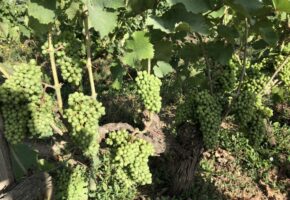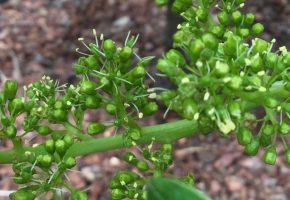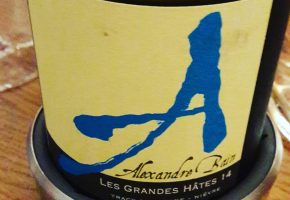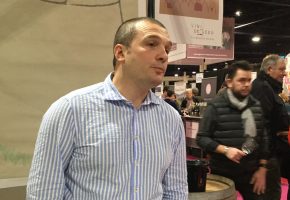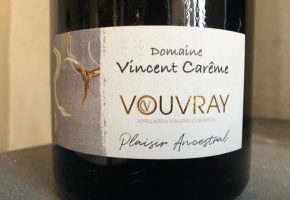
An article this morning that I reposted made me think that I would write a few words of my own about the growing number of ‘natural’ sparkling wines on the market today and the Loire’s involvement in that.
The most famous sparkling wine in the world is of course, Champagne and the method used to produce Champagne relies upon 2 separate fermentations. The first fermentation takes place in a tank or a barrel and produces a dry base wine which is then blended with other wines to give a consistent style and the resulting blend is then put into a bottle (the bottle that will be commercialised many months later) along with some sugar, yeast and little bentonite (a clay that helps with the elimination of the sediment at a later stage).
The sugar added is typically the sugar you or I could pop down to the supermarket and buy and is therefore sucrose. What? Added sugar you cry! Well, yes, that is how traditional method sparkling wines are made. It’s nothing to get too upset about, it was ever thus and without the addition of sugar there would be no bubbles in the wine. Grapes for this method are not particularly ripe when they are picked. The base wine has around 10° alcohol and the finished wine around 12°.
So what’s the difference between those wines and Petillants Naturels? Well, the method is very similar in so far as it is the CO2 that is the by-product of fermentation that gives the wines their fizz. But, these wines are made more naturally. Typically the grapes are picked later when they have more ripeness (the result of which is a higher level of natural fruit sugar in the juice). The wines undergo a single fermentation but, before the fermentation has finished and there is still some unfermented sugar left in the wine, the fermentation is stopped. This can be done by chilling the wine down, adding sulphur and filtering it (some growers do one, 2 or all three things). The ‘unfinished’ wine is then bottled (sometimes a little more yeast is added, sometimes not) and when the temperature of the wine comes up again, the remaining unfermented sugar (which is the natural sugar or fructose) is munched by the yeast and the bubbles are trapped giving the wine its fizz.
Methode Ancestrale is the name we used in the past for these wines that were left to ferment naturally in the bottle and they rarely achieved an alcohol of more than 7 or 8°. The newer approach is essentially this method with varying degrees of intervention from the grower. Some growers will leave the sediment in the bottle (as it would have been in the past), others riddle and disgorge. Some do the whole process in bottle, others in tank and then bottle but the main difference is that these wines are the result of one fermention rather than 2 different fermentations.
Montlouis-sur-Loire has an appellation for these wines and is very precise in its cahier de charges. It states that:
Maximum yield is 52hl/ha
Manual harvest is compulsory
Pneumatic pressing is obligatory
The natural sugar content in the unfermented grape juice must be capable of producing a wine with 12,5° minimum alcohol (so must be picked later) in Champagne the minimum is 9°
No yeasts or enzymes can be added
No addition of sugar/yeast for a secondary fermentation nor any topping up with wine/sugar at the end of the process
Less than 5g of residual sugar
Minimum of 9 months ageing sur lattes
So, you see how these wines differ from the traditional method in many ways and also represent a more natural approach to making a sparkling wine. This is no criticism to Champagne and the wines are quite different. They are softer and more gentle on the palate (normal as Champagnes will have a higher atmospheric pressure).
Where no appellation exists many of these wines will be made in the Vin de France category and are ones to look out for if you like the idea of these ‘natural’ wines.
